You are designing an IoT LoRaWAN solution, and you want the device to be tiny and cheap. Coin cells are the obvious choice, considering they allow for small form factor and are reasonably inexpensive. But will your LoRaWAN device work with a coin cell battery? In this article, we investigate the curious case of coin cell batteries and perhaps help you on your quest.
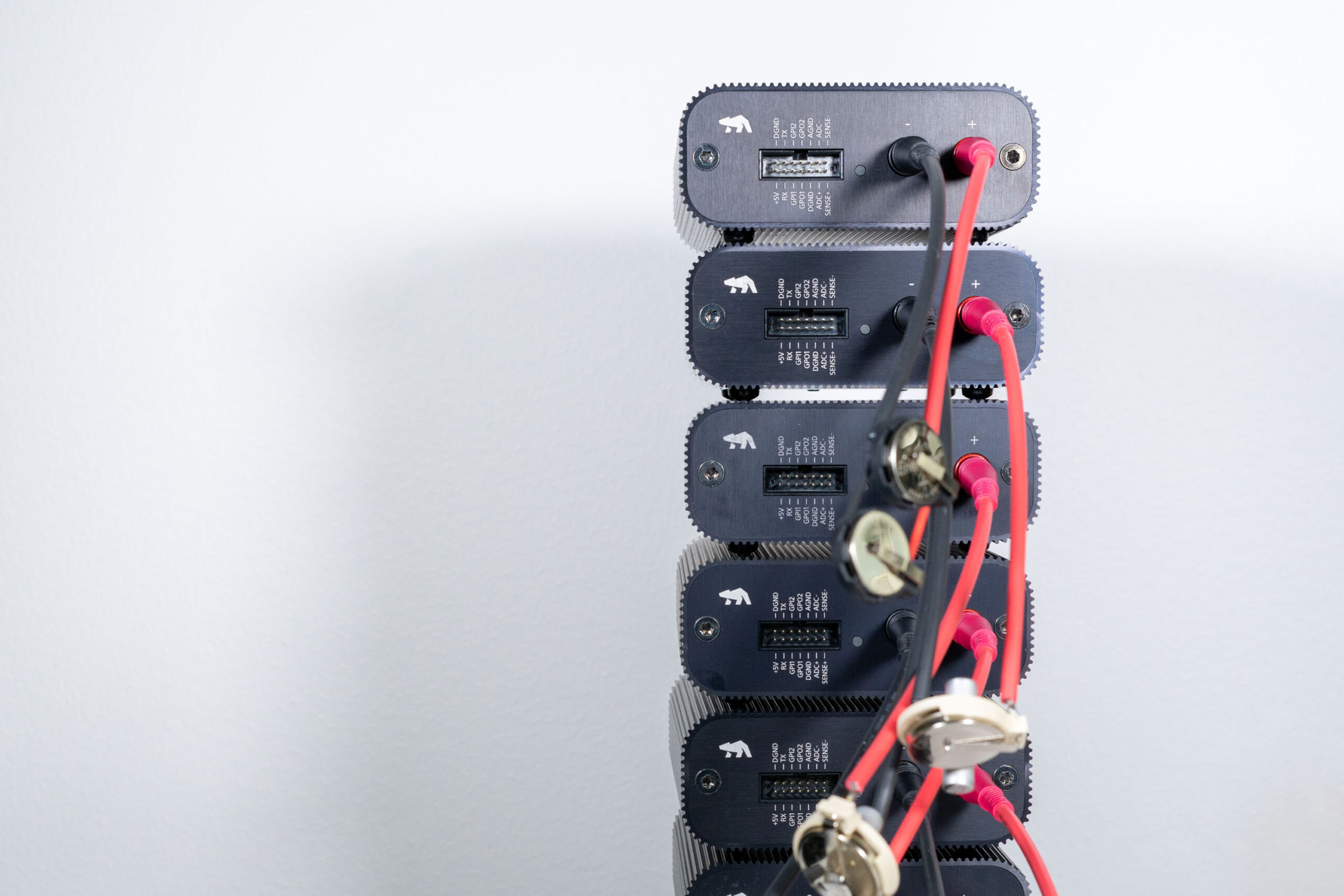
Coin cell batteries setup for battery profiling with the Otii Product Suite
Ghost in the coin cell
A few years ago, one could only use coin cell batteries with a maximum of a few mA in peak current – otherwise, the battery would be damaged and have a terrible capacity. For example, during a TX transmission, a current consumption peak would lead to a voltage drop below the IoT device cutoff voltage, creating a brownout and setting the limit of the device battery lifetime.
Recent articles state that coin cell manufacturers have been able to lower the internal resistance and improve their capacity. So, are there indeed coin cell batteries, among the most common ones, that can handle LoRaWAN IoT device power requirements?
Setting the scene
Our focus: The batteries, not the LoRa nor LoRaWAN
Batteries under test: CR2032 and CR2450 coin cells
Tested with: Otii + Otii Battery Toolbox
Power profile assumption: We assume a simple, generic power profile for a LoRaWAN device. RX/TX burst of 1s with a current consumption of roughly 40mA.
The test: 7 manufacturers, 30 days
We bought random packages of batteries from seven different manufacturers, each having two sizes. Then we profiled them using the Otii Battery Toolbox (see Fig 1 for the setup and Fig 2 for the settings).
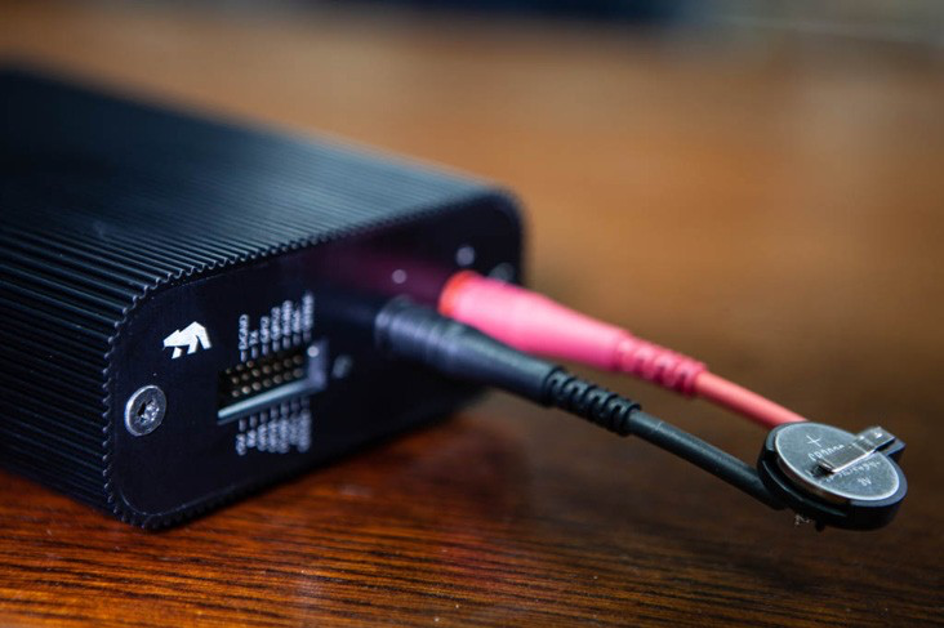
Fig 1. Battery profiling with Otii Product Suite.
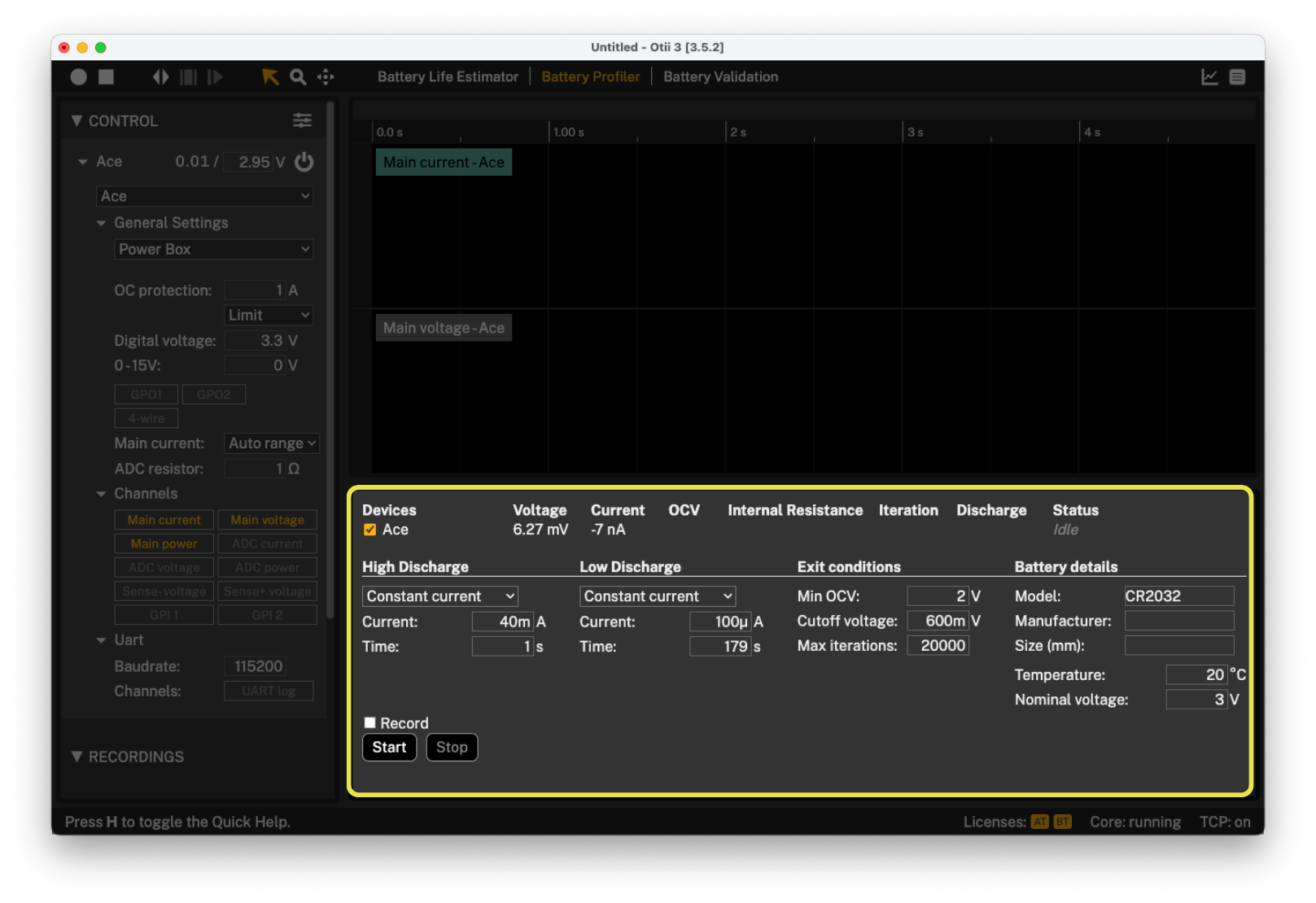
Fig 2. Setting for profiling of CR2032 and CR2450 batteries in the Otii Battery Toolbox
We set the high current consumption to 40mA for 1s, according to our generic LoRaWAN power profile described above. We also adjusted the low current consumption and time low to get a 30-day discharge time with a decent number of iterations, considering the stated battery capacity from the datasheet. We set the profiling exit condition when the battery has an Open Circuit Voltage (OCV) at 2V. Because we knew that the internal resistance would lead to much lower voltage during high current consumption, we determined that profiling should stop if the voltage falls below 0.6V.
As you might guess, profiling this amount of coin cell batteries, for a month, takes a very long time. To speed up the process, we mounted ten Otii Arcs to the same computer and connected them to two virtual machines. Using this setup, we got ten battery profiles per month, which is pretty good when it comes to coin cells.
Well, did it work? And for how long?
Our results show that coin cell performance differs a lot between manufacturers, especially at higher currents.

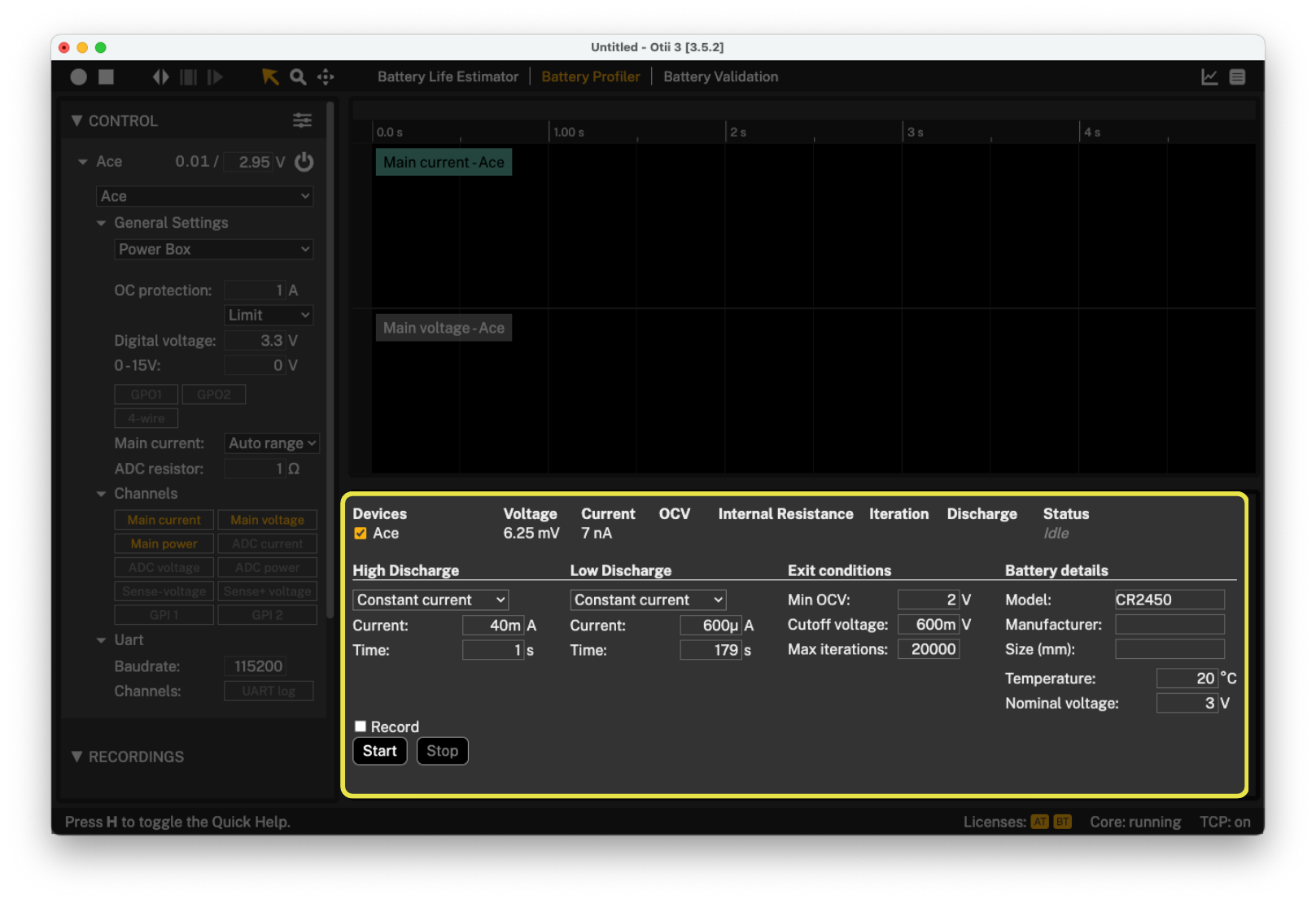
Fig 3. Internal resistance measured for seven different brands of CR2032 batteries
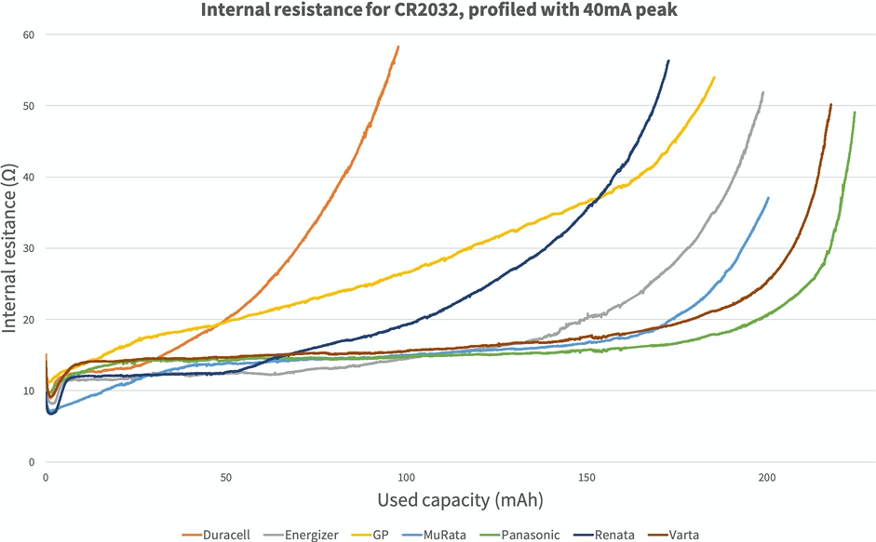
Fig 4. Internal resistance measured for seven different brands of CR2032 batteries.
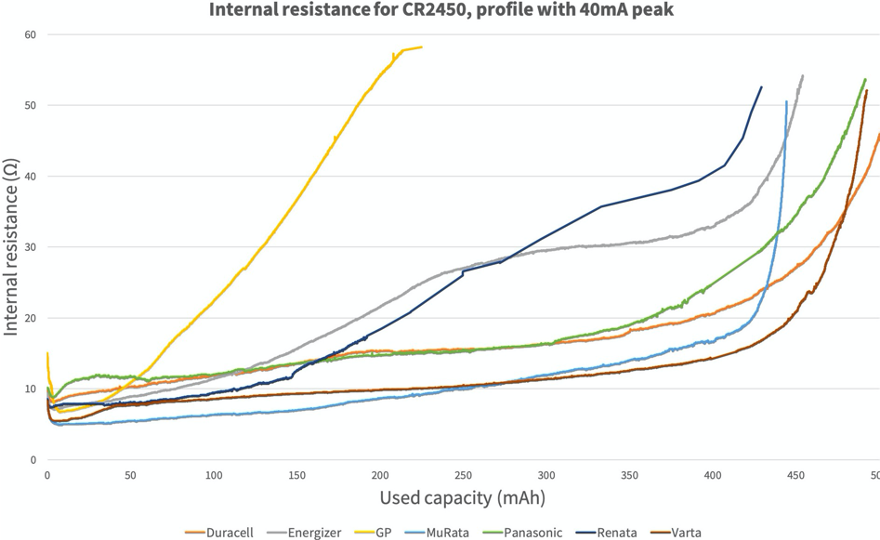
Fig 5. Internal resistance measured for seven different brands of CR2450 batteries.
Fig 3, 4 and 5 show battery internal resistance as result of the battery being discharged according to the chosen LoRaWAN power profile. One interesting observation is that during the profiling, the brand D CR2032 is the only battery that exits because open circuit voltage reaches 2.0V – all other batteries exit when they reach 0.6V cutoff voltage.
We want to draw your attention to the following important graph detail: When the internal resistance increases, the battery voltage decreases during the active phase of the device. Sooner or later, the battery voltage will fall below your device cutoff voltage and the device will die. With this in mind, the CR2450 from brand D and G perform better than the other batteries since they have a reasonably low internal resistance for a more extended period than the other batteries.
Note that, for profiling, we only used one battery per size and manufacturer. Keep that in mind when you look at the graph for CR2032 from brand A and CR2450 from brand C. Perhaps we got a battery from a bad batch. To be sure – and to get more statistical confidence – the test should be performed with several batteries from several batches.
If you are looking for a small battery for your LoRaWAN device, test many and keep the active peak current at roughly 40mA. Also, don’t rely on the user to change the battery – a cheap, random battery might lead to major disappointments.
Hungry for more?
• Once profiled how do you use the battery profiles together with you LoRaWAN device?
• How do you choose the right settings for the Otii Battery Toolbox?
• Will a DC/DC converter create issues?
• Which brands do batteries ABCDEFG represent?
… and many more questions will be covered in the Qoitech workshop: Energy sourcing of IoT (LoRAWAN edition) at The Things Conference on January 30th and 31st. Join us for the workshop to get access to the full coin cell article and to learn best practice when powering your IoT.
Sign up to The Things Conference with our 10% discount code!
Use the code FRIEND-OF-QOITECH at checkout.
The Things Conference – World's largest LoRaWAN Conference
Once you’ve purchased a ticket to The Things Conference, you’ll be able to sign up for workshops. Save the date – the sign-up link will be emailed by The Things Conference team about a week before the conference!